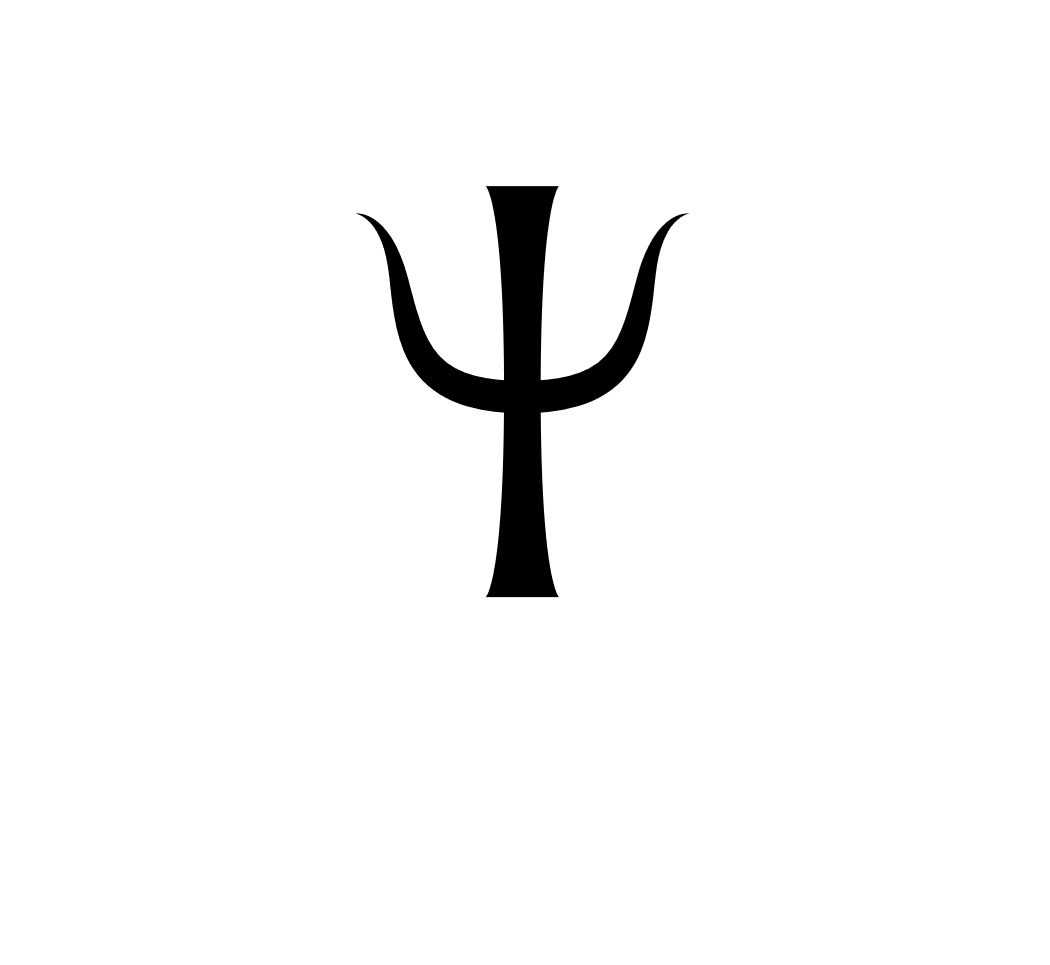Overcoming Difficulties in Telling Time
By Dominic W. Massaro, Ph. D.
Originally published in the Beckley Card Quarterly Vol 4., 52 (1991)
It’s well known children have difficulty learning to tell time. Much of this stems from trying to relate to an abstract yet traditional concept, analog time. Most of us understand this. After all, even after being taught to tell time, it took years of experience to enable us to automatically read minute and hour hands on a circular face. So, because of design, analog or traditional clocks have slowed the learning process. Since children can more readily read the direct numerals of digital time, it would seem the time-telling problem would be solved by the widespread use of digital timepieces. Yet there are several important reasons why analog clocks will remain central to telling time.
First, analog clocks retain traditional meaning still valued by many individuals and societies. They are a measure of time intervals and duration based on the principle of equating spatial distance (the movement of the earth around its axis of rotation) with time. The circular face and hands of a traditional analog clock specify more than a simple reading of time. Analog clocks enable us to comprehend time.
Secondly, with this idea of comprehending time comes understanding of time values. Seeing 3:58 on an analog clock not only indicates how long a period has elapsed since 3:00, it shows us how close we are to 4:00 and so on. The distance the hands travel on the circular face also gives us a direct perception of how much time has passed between two or more readings.
The third reason is an intellectual benefit. There is evidence that understanding of analog time facilitates understanding of other more complex and abstract subjects like arithmetic. For example, analog meaning of numbers in P.M. or A.M. will facilitate a child’s learning of cardinality – a number’s integral or separable quantity as opposed to something that is merely counted.
A fourth advantage is simple readability. Analog clocks can be read quickly at a distance since the location of the hands suffices in telling approximate time.
There are limitations in traditional analog clocks. Interestingly, the limitations of analog clocks stem from some of the advantages. Very little has been done to improve the standardized yet arbitrary design of analog clocks. Time can be misread. Hands can be confused, reversed at a glance so that 3:10 may be read as 2:15.
It’s easy to relate to a child’s confusion when they learn to read analog time. Digital clocks give exact time in numerals. Analog clocks demand a child overcome conflicting information given by two hands which must be read and understood separately. An example of this second common problem is where seeing the “big” hand on the Numeral 2, the child reads 2 minutes past the hour instead of 10. Evidence indicates people of all ages have difficulty making a response that conflicts with their current perception. This is similar to a well-known interference effect where people try to name the color of the ink (ex. RED) instead of the actual printed word “blue.” Children are required to learn the difference between hour divisions printed on the clock face and minute divisions which are basically unseen. They are required to count in fives amongst a dozen intervals. This may be an inappropriate method of reading numbers. We should think carefully before telling a child to call a number “five” when a 1 is a “one”.
An educational clock.
Helping out one day in my son’s second grade classroom, I was troubled by errors children made in their lesson on telling time. One child made the typical mistake of reading a clock set at 4:10 as 4:02, another read the same time as 2:20, and 2’s were commonly read as “ten”. These errors were not random guesses; rather they indicated inherent flaws in the design of the clock. I observed how students were asked to read analog time only during their lessons on time, not during the remainder of the school day. None of the students paid attention to the analog clock on the wall. As a cognitive and experimental psychologist, I was challenged to uncover the nature of the difficulty in reading traditional analog time – to design a better mousetrap.
By employing principles of psychology, cognitive engineering, observational and experimental evidence, I set out to build a timepiece that made analog time-telling easy to learn. I quickly discovered there were many advantages to this. Such a clock would reduce time spent in class learning to tell time so valuable classroom time would be saved for other profitable learning. This clock would also enable exceptional children to more readily learn to tell time. Evidence also showed that with a better mental picture of a clock, children would simply be encouraged to use, understand, and remember time more readily to their advantage.
The most obvious improvement in the clock I created was a visual segregation of hour and minute paths with enhanced size and color.
- The clock minimized confusion by providing a more natural mapping between information on the clock and current time.
- By providing redundant information, the clock made time reading easier and more accurate.
- This meant a greater proportion of students would read and use analog clocks. 4. A vast amount of initial failure associated with older teaching methods and clocks would be reduced.
- Learning to tell time would be more fun!
The traditional clock is a leftover from history, not an efficiently designed, easy to read device like a digital timepiece. Yet no one should assume digital time will replace analog clocks. After all, analog clocks have withstood the test of time. More importantly, analog time reading helps develop important abstract, perceptual, and cognitive skills badly needed in a modern, digital world.
